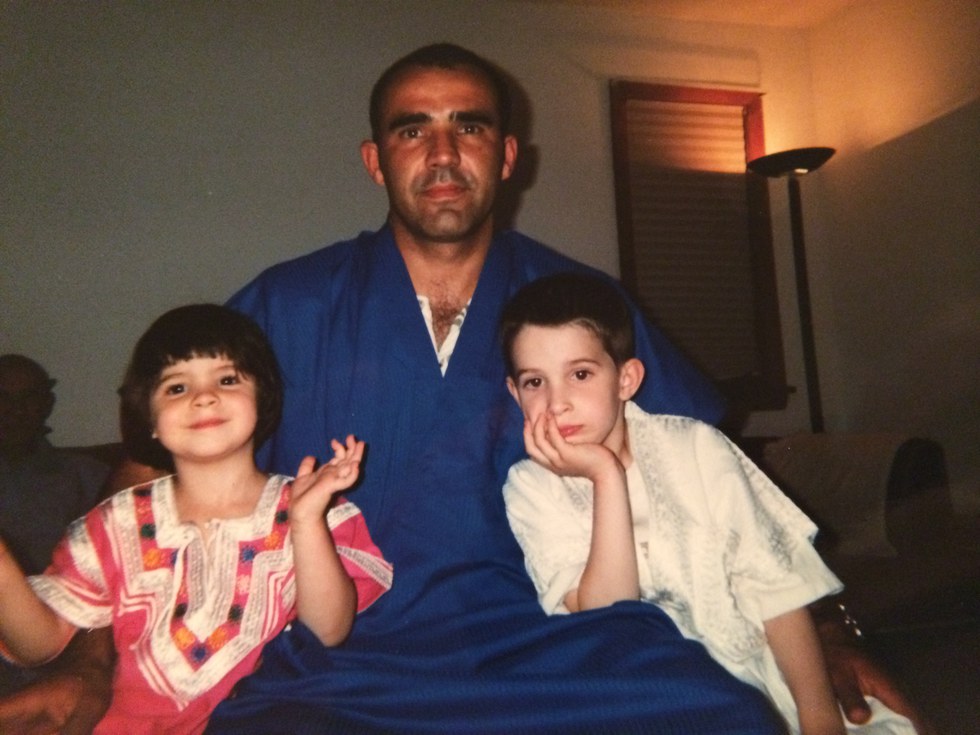Seven essential facts about multiracial youthPosted in Articles, Census/Demographics, Family/Parenting, Identity Development/Psychology, Media Archive, United States on 2019-06-24 18:39Z by Steven |
Seven essential facts about multiracial youth
CYF News
American Psychological Association
August 2013
A psychology grad student shares what she’s learned from her research on multiracial adolescents and adults.
I have learned a vast amount of information about the multiracial population while completing my dissertation on multiracial adolescents and young adults. Some of these things I did not previously know even though I am multiracial myself. The following are seven vital topics that may interest all who work with this population…
Read the entire article here.





